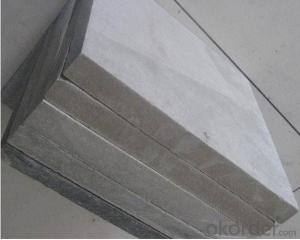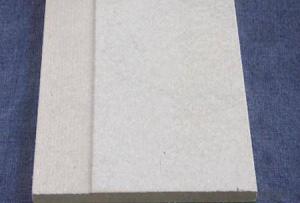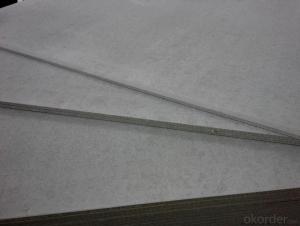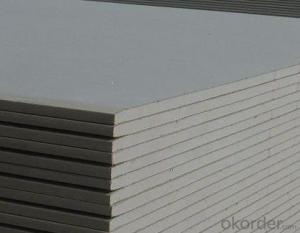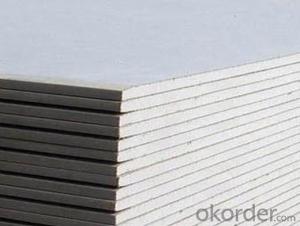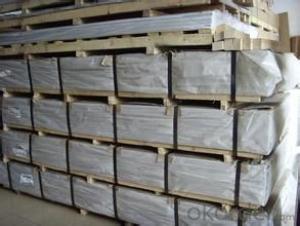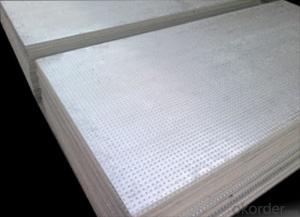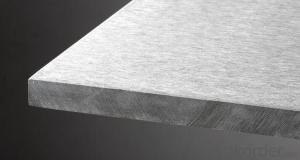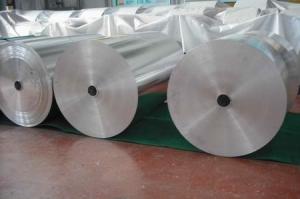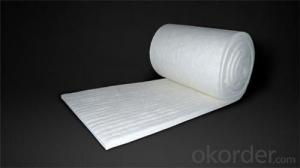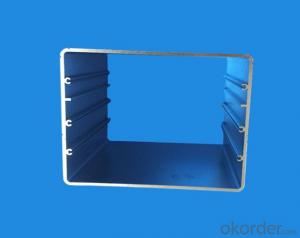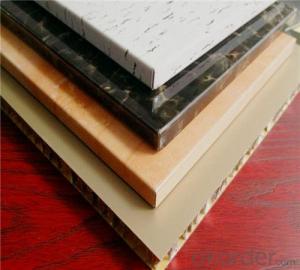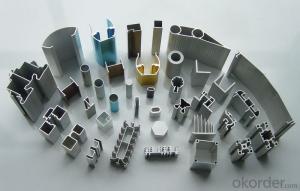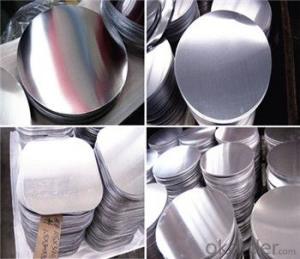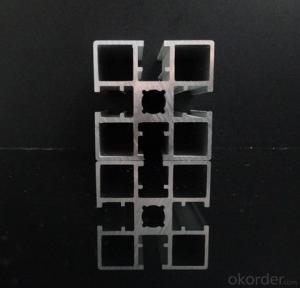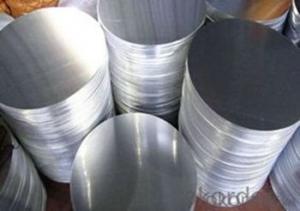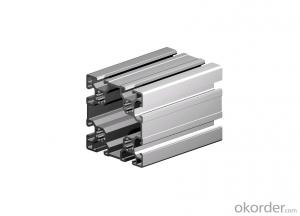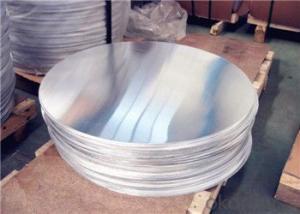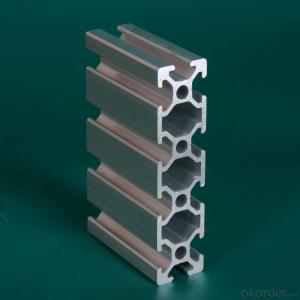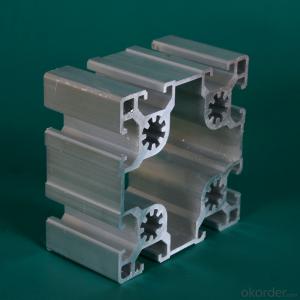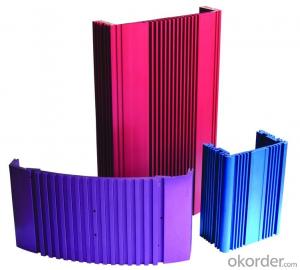Aluminium Curtain Wall
Aluminium Curtain Wall Related Searches
Best Stainless Steel For Knives Primer For Galvanized Steel H S Code For Stainless Steel Wd 40 For Stainless Steel Spray Paint For Stainless Steel Glue For Stainless Steel Stainless Steel For Bbq Step Bit For Stainless Steel Sponge For Stainless Steel Coatings For Stainless SteelHot Searches
Steel Mesh Panels For Sale Price For Stainless Steel Scrap Scrap Price For Stainless Steel Price For Stainless Steel Stainless Steel Tank For Sale Cheap High Tea Sets For Sale Stainless Steel Tanks For Sale Stainless Steel For Sale High Density Fiberboard For Sale Solar Hot Water Collectors For Sale Scaffolding For Sale In Uae Scaffolding For Sale In Ireland Scaffolding For Sale In Houston Type Of Inverter For Solar Price Of Shipping Containers For Sale Types Of Inverter For Solar Stock Price For Aluminum Used Solar Inverter For Sale Portable Led Signs For Sale Used Foam Board Insulation For SaleAluminium Curtain Wall Supplier & Manufacturer from China
Okorder.com is a professional Aluminium Curtain Wall supplier & manufacturer, offers integrated one-stop services including real-time quoting and online cargo tracking. We are funded by CNBM Group, a Fortune 500 enterprise and the largest Aluminium Curtain Wall firm in China.Hot Products
FAQ
- What are the specifications of aluminium alloy door and window profiles?
- The main specifications of aluminum alloy doors and windows are: 35 series, 38 series, 40 series, 60 series, 70 series, 90 series, etc.. The so-called 35, 38...... Refers to the aluminum alloy profiles, the main frame width of 35 mm, 38 mm, respectively....... Sealed balcony usually adopts 70 series or 90 series, and if less than 70, the degree of firmness is difficult to guarantee.
- Yes, aluminum profiles can be used for outdoor applications. Aluminum is known for its corrosion-resistant properties, making it a suitable material for various outdoor uses, such as building facades, window frames, and outdoor furniture. Its durability, lightweight nature, and ability to withstand harsh weather conditions make it a popular choice for outdoor applications.
- Selecting the appropriate aluminum profile for a specific application involves considering several key factors. Firstly, it is important to understand the requirements and specifications of the application. This includes considering factors such as the load-bearing capacity, structural integrity, and overall functionality needed for the application. Next, it is crucial to evaluate the characteristics of the available aluminum profiles. This involves considering factors such as the alloy composition, strength, hardness, and corrosion resistance. Each application may require specific properties to ensure optimal performance and durability. Additionally, it is important to assess the dimensions and shape of the aluminum profile. This involves considering factors such as the length, width, and thickness required for the application. The shape of the profile, whether it is square, rectangular, or custom-designed, should also be taken into account. Another aspect to consider is the surface finish of the aluminum profile. Depending on the specific application, the surface may need to be smooth, textured, or treated to enhance its appearance or provide additional protection against wear, abrasion, or corrosion. Furthermore, it is essential to consider the availability and cost of the chosen aluminum profile. Evaluating the availability of the required profiles from different suppliers and assessing their cost-effectiveness is crucial to ensure that the chosen profile aligns with the budget and project timeline. Lastly, seeking expert advice and consulting with professionals who have experience in aluminum profiles for specific applications can be beneficial. They can provide valuable insights and recommendations based on their knowledge and expertise. In conclusion, selecting the appropriate aluminum profile for a specific application involves considering factors such as the application's requirements, the characteristics of the aluminum profile, dimensions and shape, surface finish, availability, cost, and seeking expert advice. By carefully considering these factors, one can choose the most suitable aluminum profile that will meet the requirements of the application effectively.
- Aluminum profiles contribute to energy-saving initiatives in several ways. Firstly, aluminum is a lightweight and durable material, making it an ideal choice for constructing energy-efficient buildings and structures. The use of aluminum profiles in windows and doors helps to improve insulation and reduce heat transfer, thereby reducing energy consumption for heating and cooling. Additionally, aluminum profiles are often used in the manufacturing of solar panels, as their lightweight nature allows for easier installation and transportation. This promotes the use of renewable energy sources and reduces reliance on fossil fuels. Overall, aluminum profiles play a significant role in enhancing energy efficiency and promoting sustainability in various industries.
- Historical or heritage restoration projects can benefit from the use of aluminum profiles. Aluminum, being a versatile material, offers numerous advantages for such projects. Firstly, it can be manufactured to replicate traditional architectural features and designs, seamlessly integrating and preserving the historical aesthetics. In addition, aluminum is lightweight, making it easier to handle and install, especially in complex or intricate restoration projects. It is also highly durable and resistant to corrosion, which is vital for maintaining the structural integrity and longevity of historical buildings or structures. Moreover, aluminum profiles can be easily customized and fabricated to meet the specific requirements of historical restoration projects. They can be shaped, cut, and finished to resemble the original architectural elements, such as windows, doors, trim, or decorative features. Furthermore, aluminum profiles offer excellent thermal performance, improving energy efficiency and insulation in restored buildings. This leads to reduced energy consumption, lower heating or cooling costs, and enhanced overall comfort. Although wood or steel have been commonly used in historical restoration projects, aluminum profiles provide a contemporary alternative that combines aesthetic appeal, durability, and sustainability. However, it is crucial to ensure that the use of aluminum profiles aligns with the preservation guidelines and regulations of the specific historical or heritage project. In conclusion, aluminum profiles are a suitable choice for historical or heritage restoration projects due to their versatility, durability, lightweight nature, customization options, and energy efficiency. They successfully blend modern functionality with historical aesthetics, contributing to the preservation and revitalization of our architectural heritage.
- What is the difference between 6063-T5 and 6061-T6 aluminum profiles?
- At present, microstructure and mechanical properties of joint changes have some preliminary research on the welding of 6000 Aluminum Alloy, Department of the welding joint part of the alloy softening phenomenon is more serious, the main reason is the influence of softening joint welding thermal cycle of reinforcement particles occurred in aging and coarsening. The above research mainly concentrated in the softening behavior of welding, microstructure and heat affected zone of alloy, but on the 6063 Aluminum Alloy changes the mechanical properties of welding joints and welding thermal cycle and the relationship between the effect of artificial aging is also a lack of detailed research. The T5 condition is aging and natural cooling! The coefficient of deformation is small and easy to control! General hardness! T6 status is water cooled! Large coefficient of deformation! Not easy to control! High hardness!
- What are the features of the poor aluminum profiles?
- Poor quality aluminum profile:1, chemical composition unqualified, seriously endanger the safety of construction projects.2 、 profile corrosion resistance function is low.3, the film thickness is thin. The national standard rules of construction of aluminum oxide film thickness not less than 10um (m). The thickness is not enough, aluminum looks easy to rust and corrosion. Some no name and address, production license, certificate of inspection in the aluminum oxide film, the thickness of only 2 to 4um, some even without film.
- What are the ten brands of aluminum alloy profiles?
- Top ten list of Chinese aluminum profiles Enterprises1 、 aluminum material(China Aluminum Group, China's top ten aluminum enterprises, central management of large state-owned enterprises)2 - Asia - South Asia(China famous trademark, China famous brand, China aluminum profile enterprise ten, Guangdong Asia Aluminum Factory Co., Ltd.)3, the United States and aluminum(A Well-Known Trademark in China, China brand, China aluminum enterprise ten, Guangdong Jianmei Aluminum Profile Factory Co., Ltd.)4, South South aluminum(China famous brand, Guangdong famous brand, Guangdong famous brand product, Guangdong south south Aluminum Industry Co., Ltd.)5, Zhong Wang aluminum(China famous brand, China famous brand, Liaoning famous brand product, China Zhong Wang Holdings Limited)6, Hing Fat aluminum(China brand, A Well-Known Trademark in China, China aluminum enterprise ten, Xingfa Aluminum Holdings Limited)7, pillars of aluminum(listed companies, Chinese famous brands, China's well-known trademarks, China's aluminum enterprises ten, Zhejiang pillars, new materials, Limited by Share Ltd)8 、 Nanshan aluminum material(China famous brand, China well-known trademark, ten aluminum profile enterprises in China, Shandong Nanshan aluminum & Limited by Share Ltd)9, the court aluminum profiles(China's well known trademark, China's top ten aluminum enterprises, Polytron Technologies Inc, Shanghai aluminum Fair)10, Albert aluminum(China famous brand, Guangdong famous brand, Guangdong famous brand product, Guangdong Weiye aluminium factory Co., Ltd.)

